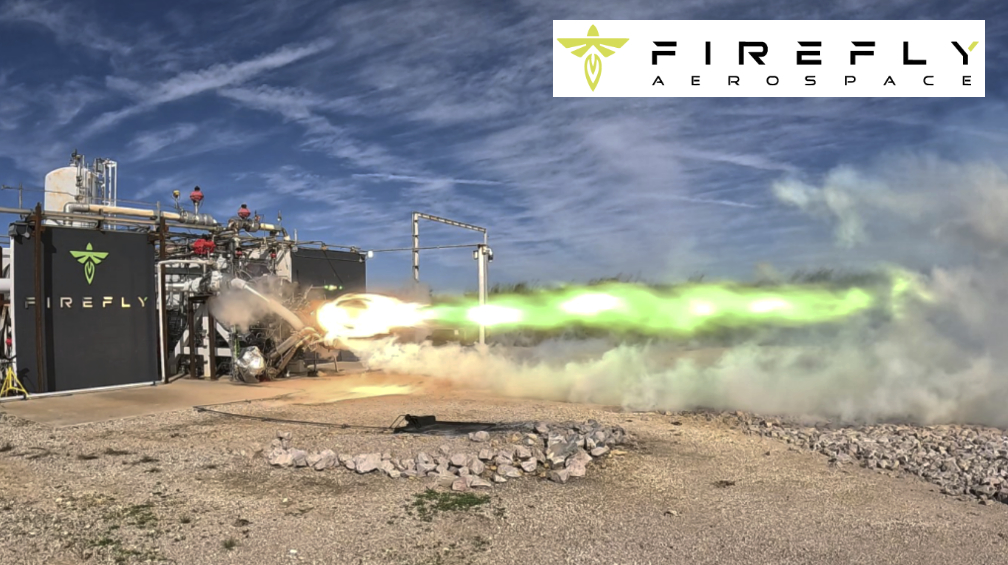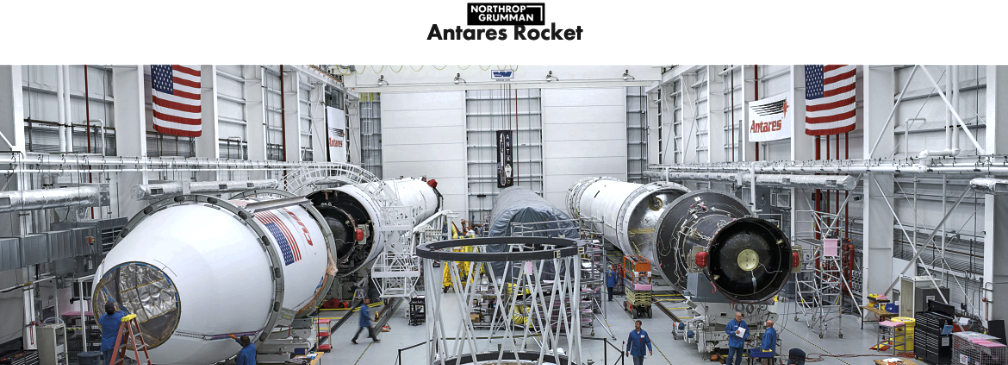
Firefly Aerospace, Inc., an end-to-end space transportation company, completed the first hot fire test for its Miranda engine that will power the first stage of Northrop Grumman’s Antares 330 and the Medium Launch Vehicle (MLV) the companies are co-developing together. The critical milestone was completed just over a year after signing the initial contract.

The turbopump-fed engine test further validates the design of Miranda’s startup sequence, transient conditions, and tap-off engine architecture at a larger scale. As a next step, the Firefly team will build up to a full-duration, 206-second Miranda hot fire. Once qualified, seven Miranda engines (each capable of producing 230,000 lbf or 1.6 million lbf in total) will power the first stage of Antares 330 and MLV. One Miranda vacuum engine will also power MLV’s second stage with 200,000 lbf.
In addition to the Miranda engines, Firefly is designing, manufacturing, and testing the first stage structures for Antares 330 as well as the structures and fluids systems for both MLV stages. To support vehicle production, Firefly is doubling the size of its facilities at its rocket test and production site in Briggs, Texas, and using new automated manufacturing equipment. Now operational, Firefly’s Automated Fiber Placement machine will allow Firefly to produce the carbon composite barrels in a matter of days versus weeks.
Antares 330 will be able to launch more than 10,000 kg to the International Space Station with the first flight scheduled for mid-2025. As the evolutionary successor to the Antares launch vehicle, MLV will first launch in late 2025 and can carry more than 16,000 kg to LEO with a 5-meter class payload fairing that can be customized based on customer needs.
“The incredible progress on our Miranda engines – designed, built, and tested in house in just over a year – is another example of Firefly setting a new standard in the industry. Building on the legacy of Firefly’s rapidly developed Reaver and Lightning engines, Miranda is the fastest propulsion system we’ve built and tested to date. This achievement reflects our rapid, iterative culture and our vertically integrated approach that allows us to quickly scale up the flight-proven engine architecture from our small launch vehicle, Alpha, to our Medium Launch Vehicle.” — Bill Weber, CEO of Firefly Aerospace
“Together, we have developed a solution that will help change the trajectory of space launch, from commercial to national security and civil space. Upgrading the first stage of Antares in parallel with developing the Medium Launch Vehicle enables our two companies to bring a new launch vehicle to market more rapidly while also reducing risk in the design process.” — Scott Lehr, vice president and general manager, launch and missile defense systems, Northrop Grumman
